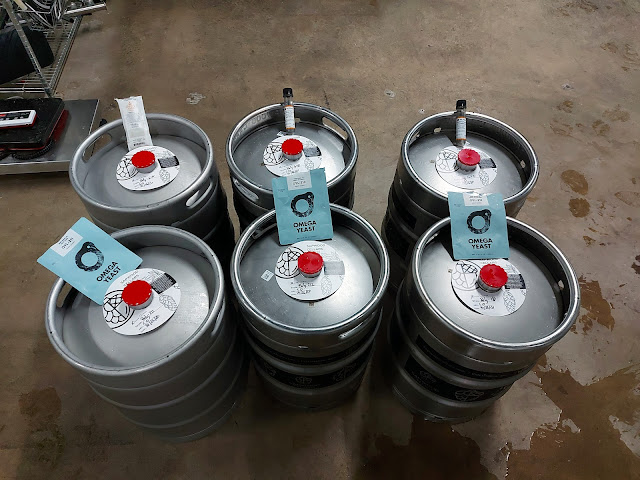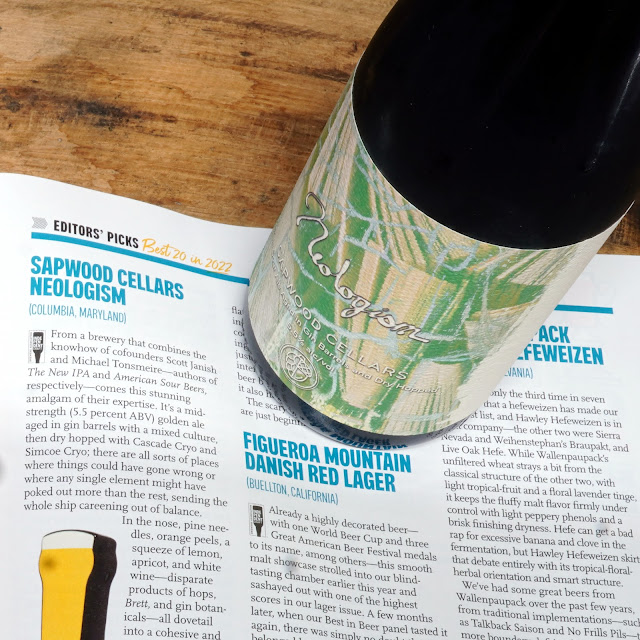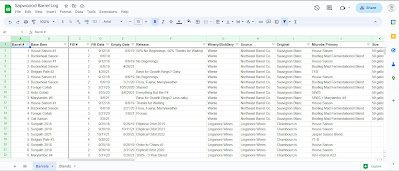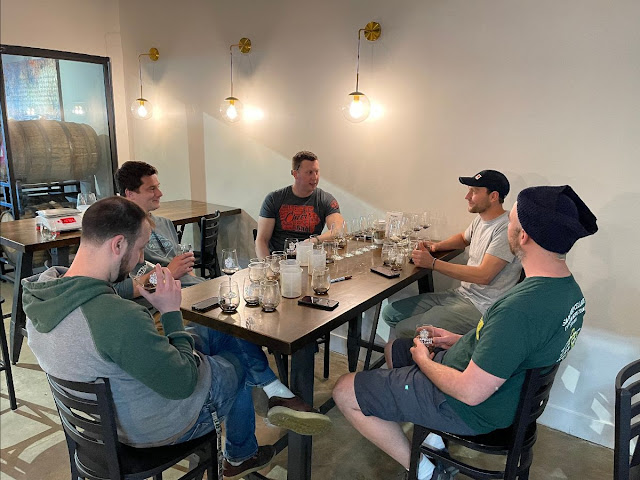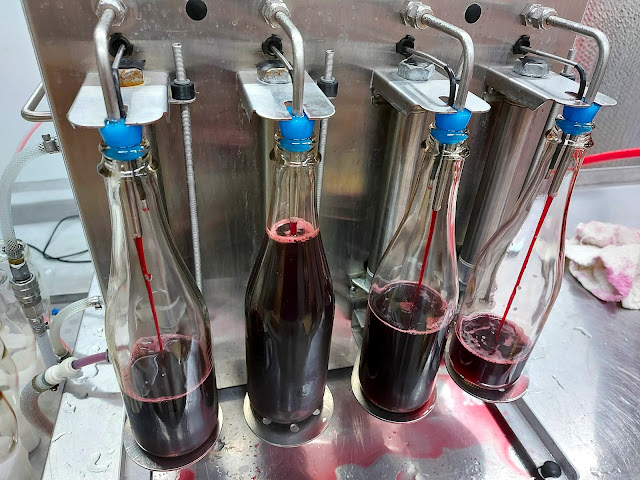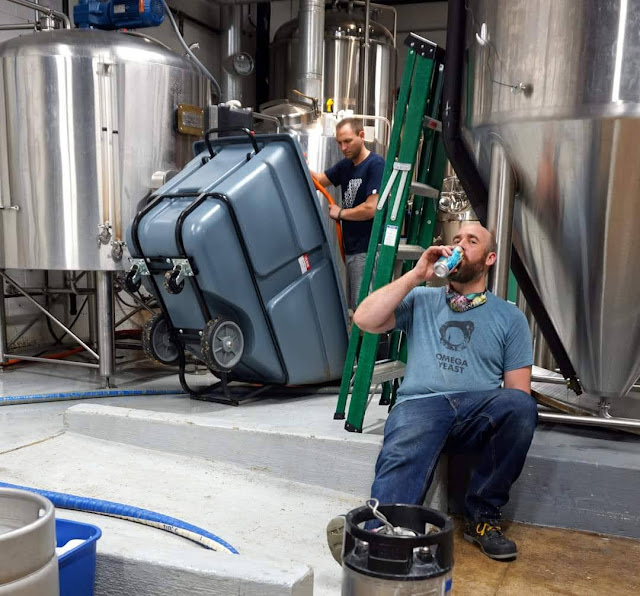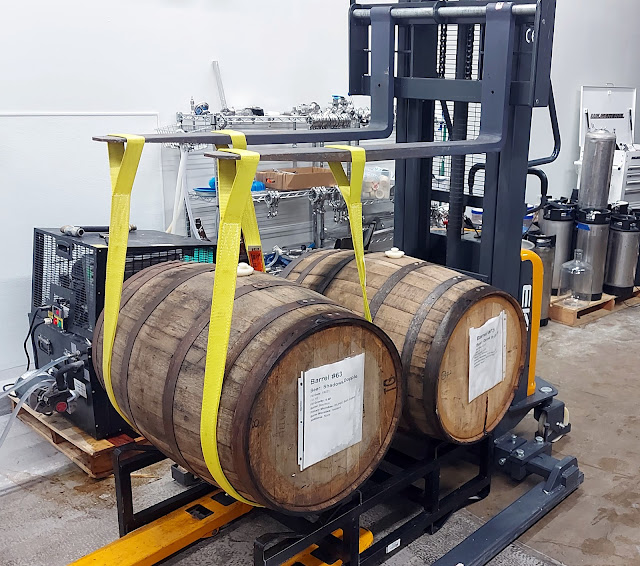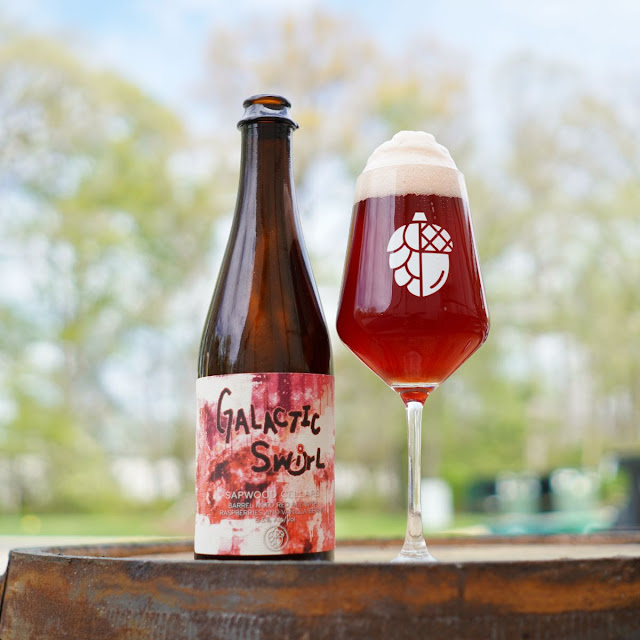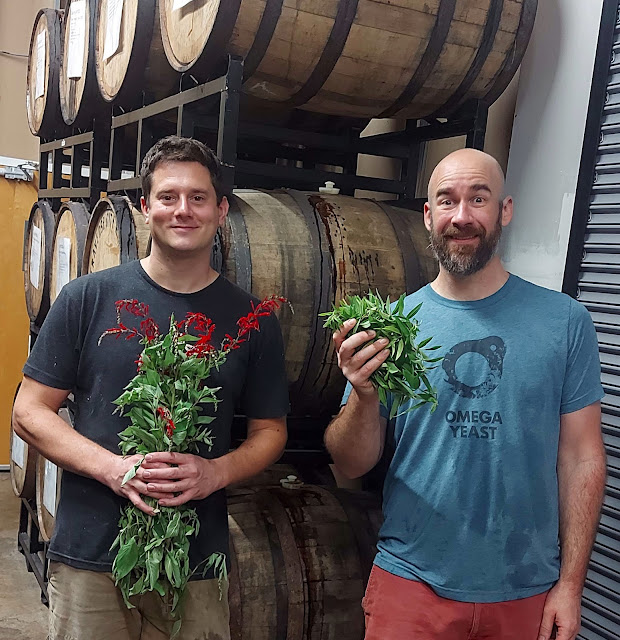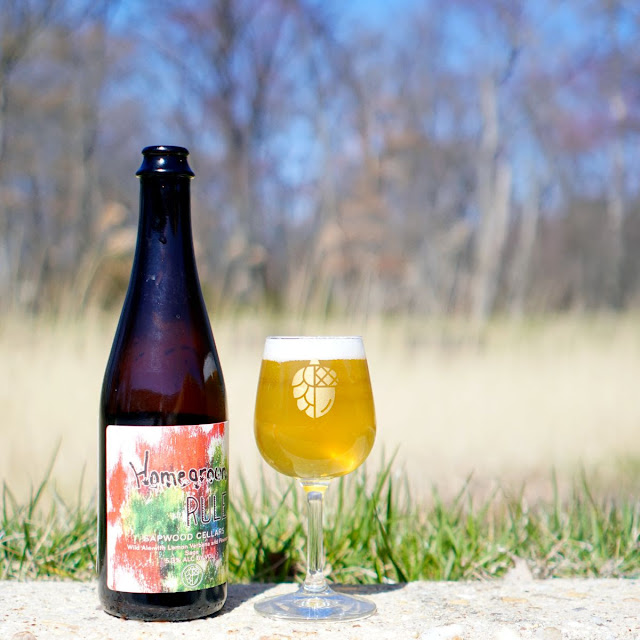 This week I dive into the cleaning process and discuss some of the most popular cleaners used when brewing beer. Last week in Part 1, I explained why cleaning and sanitation is so important for beer and discussed environmental concerns such as where to locate your brewery. As I discussed in part 1, cleaning and […]
This week I dive into the cleaning process and discuss some of the most popular cleaners used when brewing beer. Last week in Part 1, I explained why cleaning and sanitation is so important for beer and discussed environmental concerns such as where to locate your brewery. As I discussed in part 1, cleaning and […]  This week I dive into the cleaning process and discuss some of the most popular cleaners used when brewing beer. Last week in Part 1, I explained why cleaning and sanitation is so important for beer and discussed environmental concerns such as where to locate your brewery. As I discussed in part 1, cleaning and […]
This week I dive into the cleaning process and discuss some of the most popular cleaners used when brewing beer. Last week in Part 1, I explained why cleaning and sanitation is so important for beer and discussed environmental concerns such as where to locate your brewery. As I discussed in part 1, cleaning and […]  To the delight of many, Chuck Hahn has come out of retirement to start a brewery with his son, Scott.
To the delight of many, Chuck Hahn has come out of retirement to start a brewery with his son, Scott. 
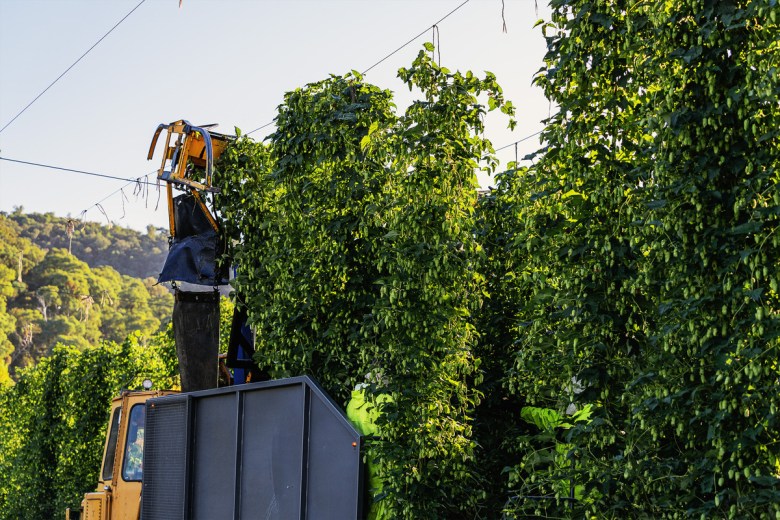 Weather conditions led to reduced hop yields across the board, but high alpha and oil levels indicate a promising crop.
Weather conditions led to reduced hop yields across the board, but high alpha and oil levels indicate a promising crop. 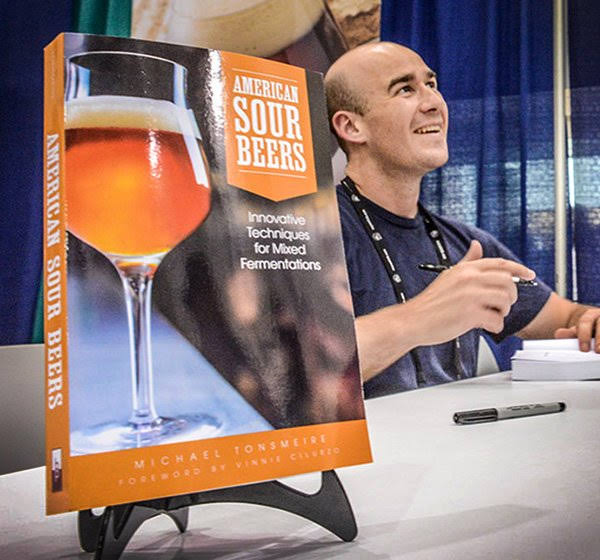
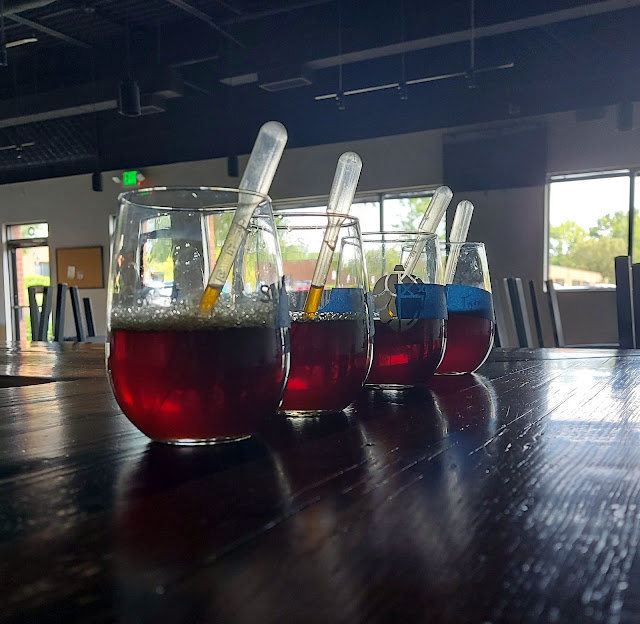
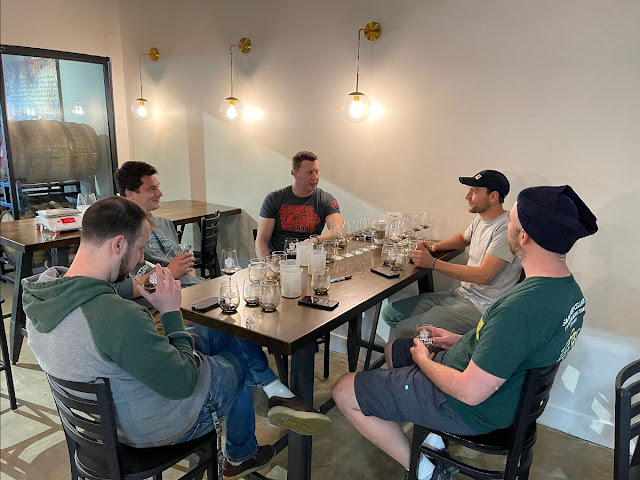
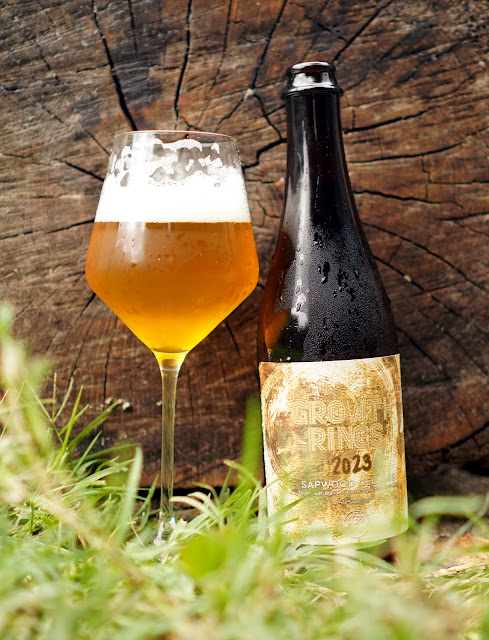
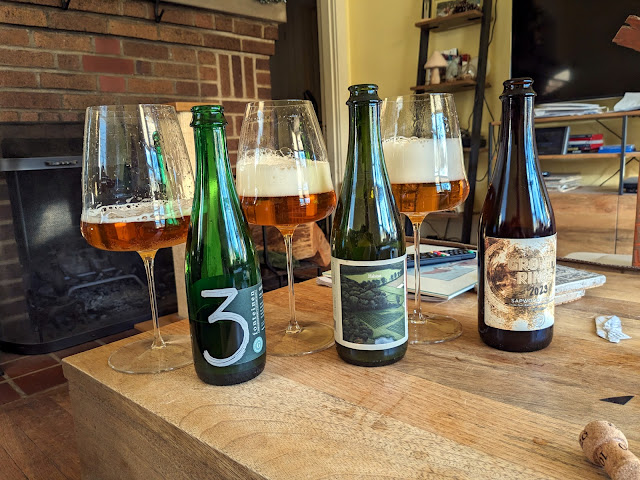
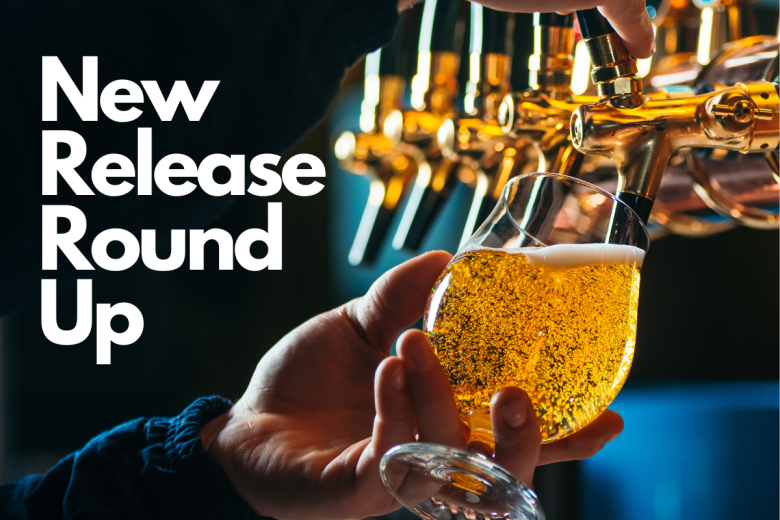 A popular Sydney brewery teams up with a clothing brand, a sour highlights native fruit from the Kimberly, and a 20-year anniversary release.
A popular Sydney brewery teams up with a clothing brand, a sour highlights native fruit from the Kimberly, and a 20-year anniversary release. 






